Late last year, two surgeons from the Instituto de Ortopedia e Traumatologia de Jaraguá do Sul in Brazil started using a combination of 3D printing and the Microsoft HoloLens to help plan spinal surgeries. And now, with the rest of their team, they've successfully performed a surgical procedure on their first international patient using their 3D impression planning and augmented reality process.
With little access to CT scans and intraoperative x-ray equipment, Dr. Henrique Lampert, a spinal surgeon, and Dr. Bruno Gobbato, a shoulder and elbow specialist, have been searching for low-cost solutions to help surgeons find the best placement for the screws during surgical procedures, and that's where the Hololens comes in. During surgery, they can see more clearly where intricate work must be done using holographic images of bone structures.
Dr. Lampert and Dr. Gobbato presented their scientific findings to the world's largest congress of orthopedics here in the United States last year. Since that peer-review process, they have received their first international patient, an American brought to this team specifically in need of clavicle surgery. After online evaluations and a number of 3D simulations, the team at IOT Jaraguá performed an unprecedented surgery with excellent results.
Throughout the procedure, the team was using the HoloLens' mixed reality capture feature to live-stream the entire event to a group in Miami, which was watched by doctors and students interested in the surgery itself as well as this new approach to accomplishing the procedure.
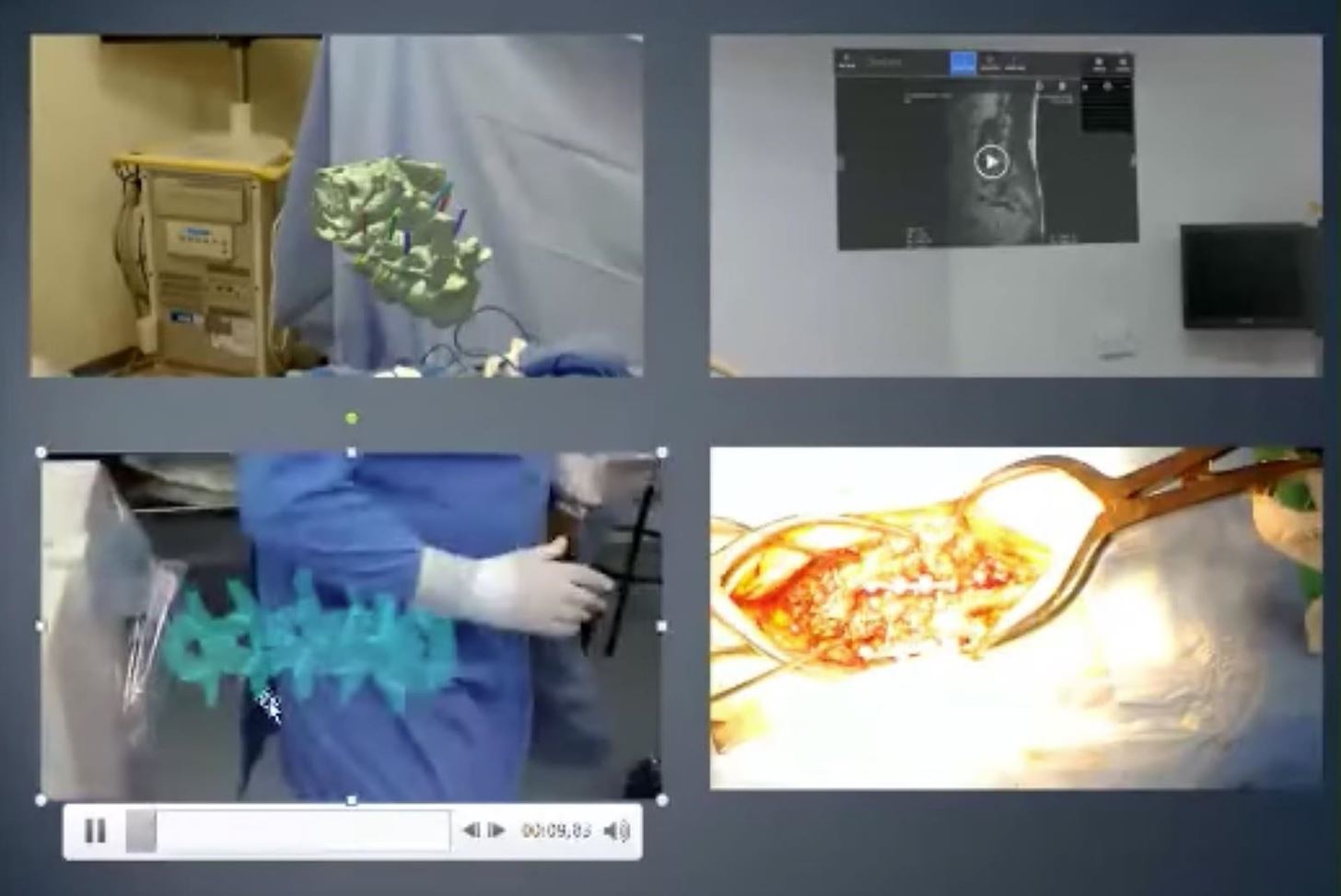
Aside from using the HoloLens as a camera, my curiosity in this process—with very limited knowledge of the subject—fell to how the device was being used to assist the doctor in helping his patient.
In this surgery, the patient had a rotational deformity of the clavicle. It was a deformity that was very difficult to measure. We have used 3D printed models (my specialty) to plan the surgery, and the HoloLens helped us measuring the rotation during surgery.
I imagine that after some period of time the HoloLens weight could begin to interfere with the doctor's ability to work accurately. I know my neck is stronger as a result of prolonged use, but in surgery when you're head is pointed down most of the time, it's probably tough. Dr. Gobatto agreed: "Dr. Henrique Lampert is using the Hololens more frequently than me. HoloLens is heavy. After 90min my neck hurts a little."
I will continue to keep an eye on the progress these two doctors make in their HoloLens development journey. While my knowledge of biology is limited, I still find the path Dr. Lampert and Dr. Gobatto are on fascinating, like many of you probably do, too.
Just updated your iPhone? You'll find new emoji, enhanced security, podcast transcripts, Apple Cash virtual numbers, and other useful features. There are even new additions hidden within Safari. Find out what's new and changed on your iPhone with the iOS 17.4 update.
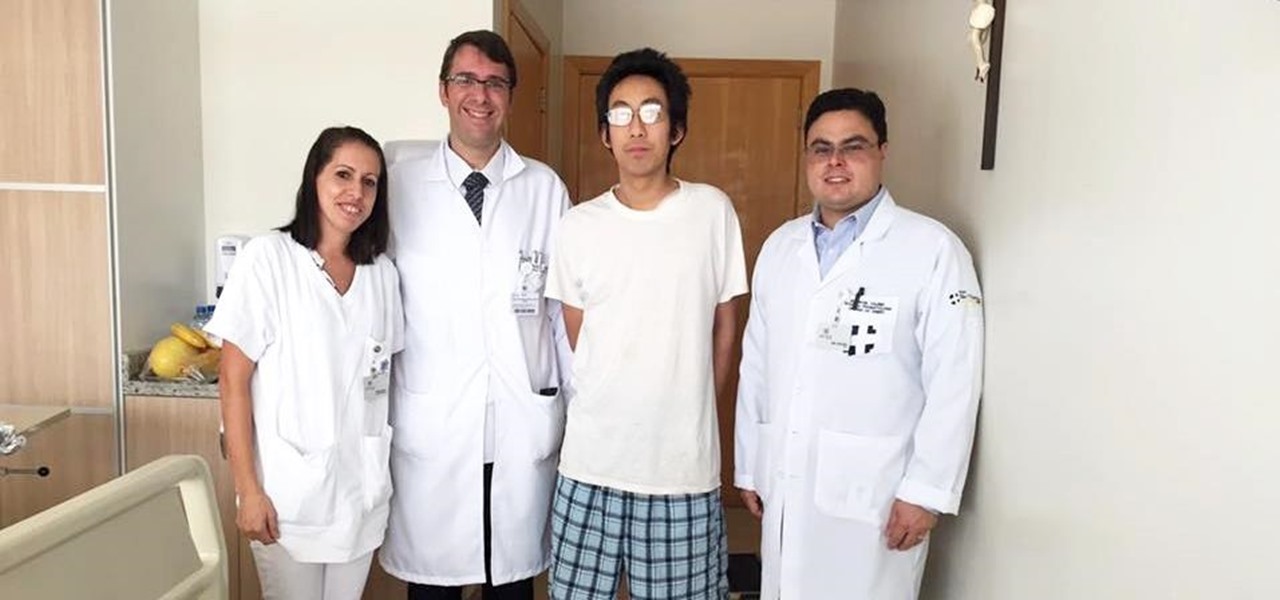




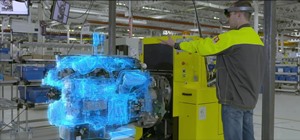

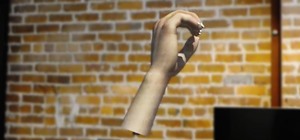




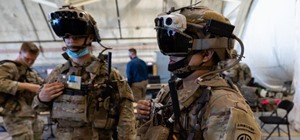



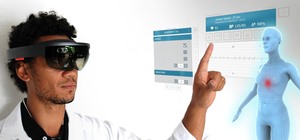




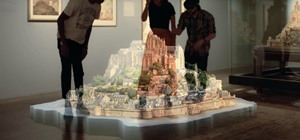
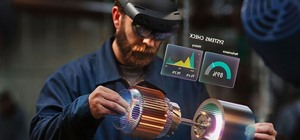
Be the First to Comment
Share Your Thoughts